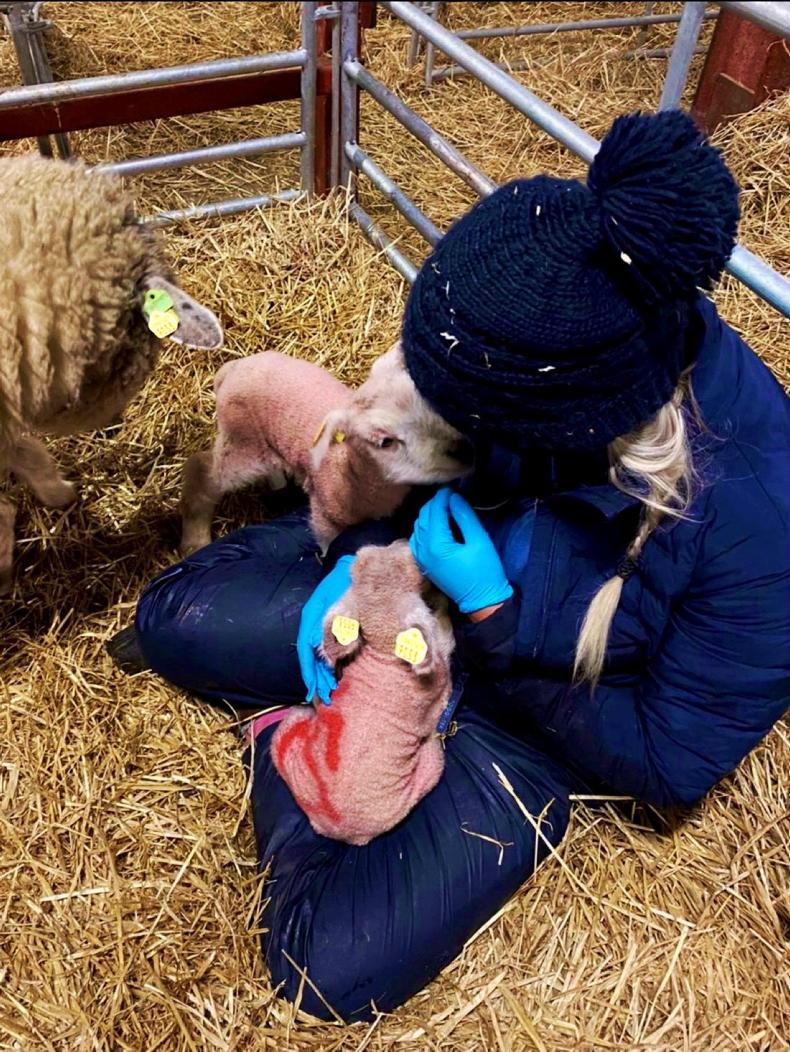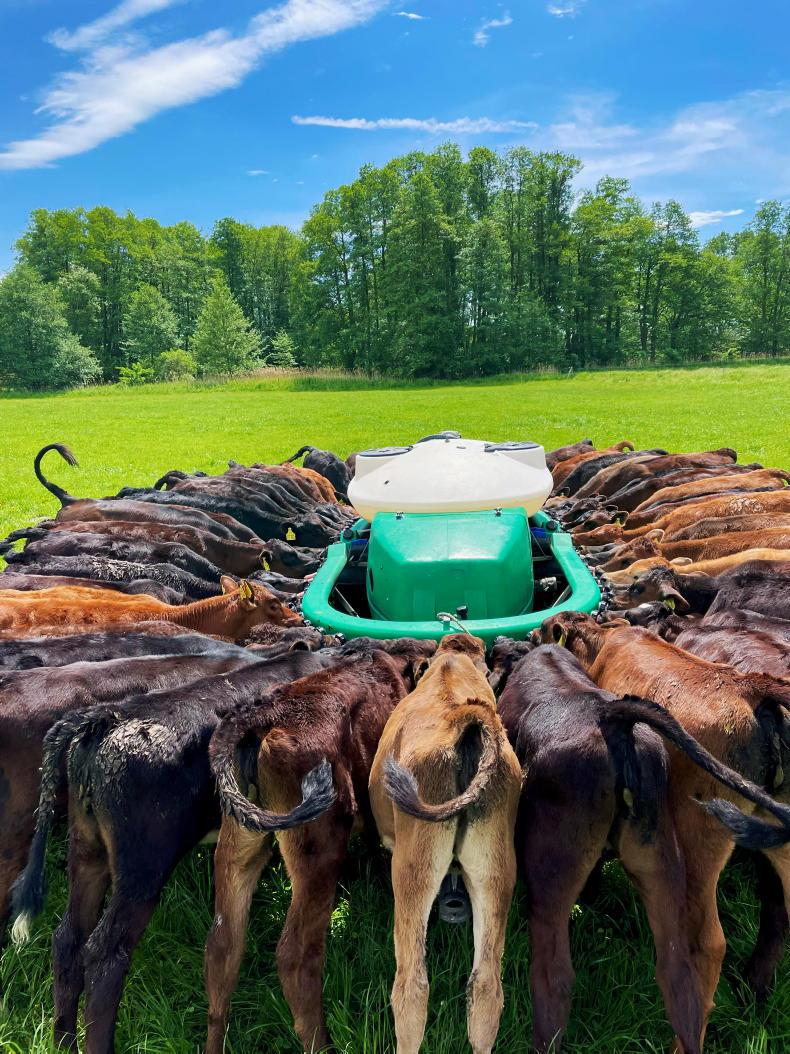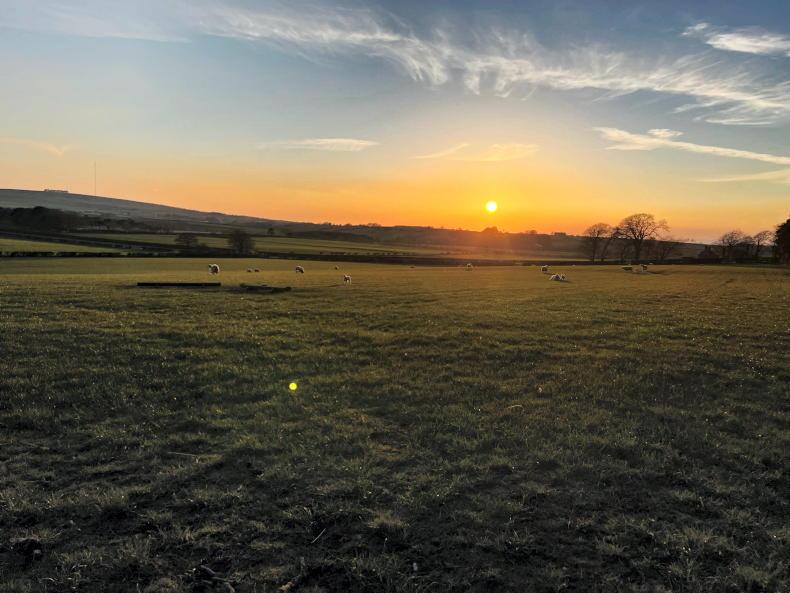I am currently in my final year of Animal and Crop Production in University College Dublin (UCD). I completed eight months of professional work experience as part of my degree.
Lambing outdoors
I spent the first six weeks at Park House Farm, owned by Ian and Alison Henderson in Cumbria, England. Park house consisted of 355 purebred Holstein Friesians, 600 breeding ewes, 230 acres of tillage,150 beef cattle and a small herd of Belgian Blues. It was a busy spot, to say the least! I got most of the lambing here, the flock was made up of 300 North of England Mules and 300 Mules crossed with a Texel.
We lambed both indoors and outdoors. It was a great experience and I got to learn so much. Overall, lambing averaged out at just over 200%. They liked to leave each ewe rearing only two lambs; this meant we had lots of pet lambs to be reared on automatic feeders. We had well over 100 pet lambs and they took a lot of work each day to manage. They lambed some of the older ewes indoors which would then be turned out a few days after lambing.

Most of the ewes lambed outside. They would be checked at least four times during the day and any ewe having difficulties lambing would have to be caught and handled. Once ewes lambed outside, we would have to sort them and move them on to the next paddock with other ewes and lambs. Lambing outdoors brought new challenges for me, but I thoroughly enjoyed my time in Cumbria.
Calving in Germany
I travelled to Grasmilch in Germany for five months. This farm is owned by the Costello family, from Co Galway. The farm is milking 1000 crossbred cows on 400 hectares of grassland. The herd is based on kiwi genetics; producing a hardy cow that can withstand harsh weather conditions and lives outside year-round. The cows are wintered out on sand pads where they are fed silage every day. The cows will come inside for a couple of days prior to calving, then as soon as they calf, they go onto grass.

As there was a drought last summer in Germany, the cows were getting buffer fed 7kg/per head of maize a day. I got to experience the end of the busy spring block calving. As there are many calves born, calf rearing is an important job on the farm. Calves are reared in groups of 10 at first, then as soon as they are strong enough and there is growth, they will be reared on grass in groups of 50. The calves are later weaned at 80kg. We then had the breeding season, which lasted 12 weeks: six weeks of artificial insemination (AI) and then six weeks with the stock bulls to clean up.
Milking is very efficient on the farm; all the cows are milked in three hours. They use a 60 bay Waikato rotary parlour. The majority of the staff on the farm are Irish. It feels like a home away from home, but with good weather. The farm also consists of 1400 hectares of tillage; growing barley, rye, maize, and sunflower, and has an anaerobic digester which generates both heat and gas. Most of the grain will go to the Costello’s pig farm nearby.
I loved my time in Germany, I was given great opportunities like learning to drive and operate machinery which I am very grateful for.”






 This is a subscriber-only article
This is a subscriber-only article










SHARING OPTIONS: